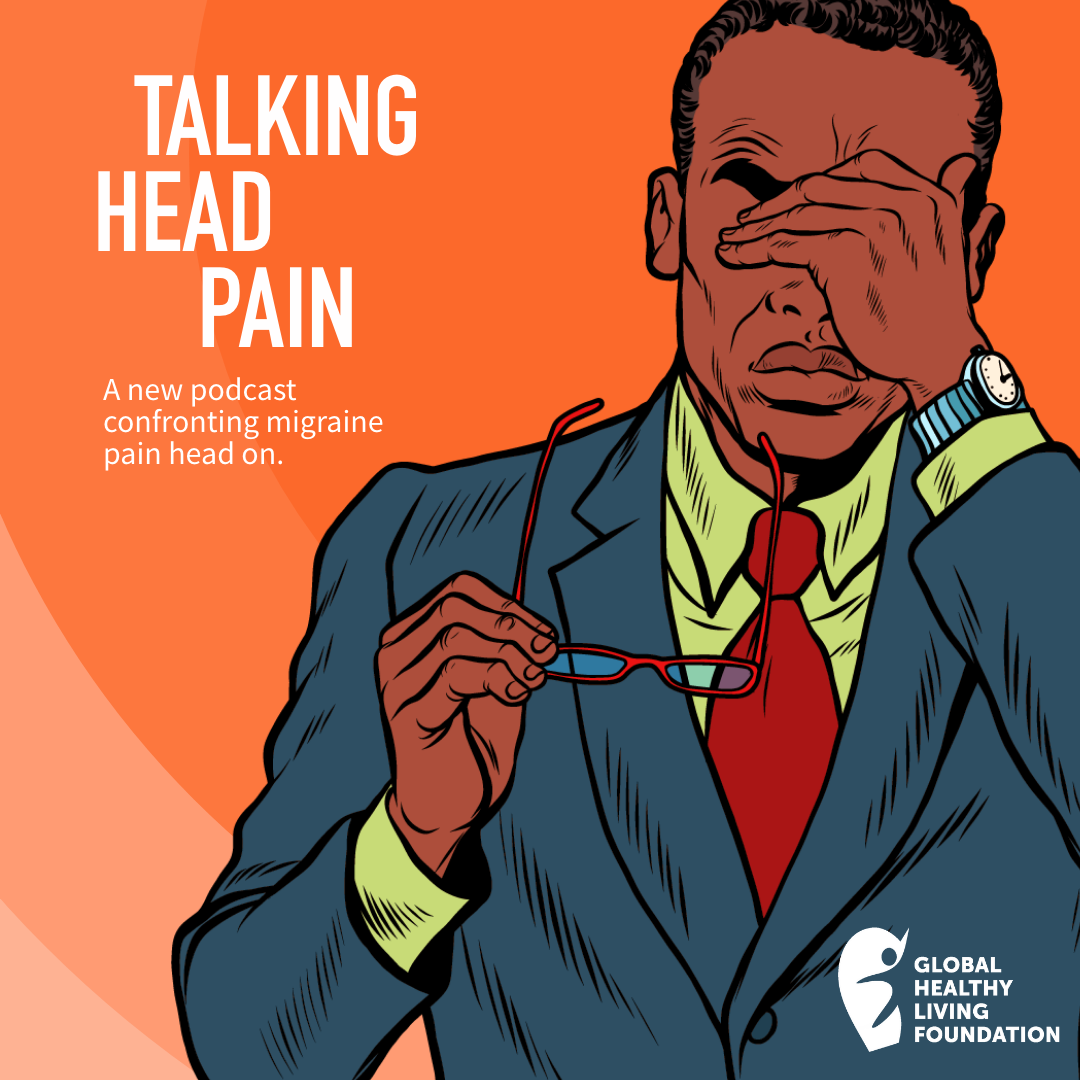When you have symptoms of rheumatoid arthritis (RA) or another inflammatory rheumatic disease, it is important that the time between seeing your family doctor to get a referral and the first rheumatologist appointment be as short as possible. In Canada, the benchmark goal from primary care physician referral to first rheumatologist appointment is four weeks.
For most people, this benchmark is not met. Not even close. In fact, people who later get diagnosed with rheumatoid arthritis can wait as long as a year to see a rheumatologist. Although this delay is caused by several factors, including delay prior to the rheumatologist referral, one of the primary barriers to timely rheumatology care is a shortage of rheumatologists in Canada.
“We just have all these barriers that are honestly heartbreaking. [I see people] in their prime and they haven’t been to work in two months because they’re in too much pain and nobody has helped them so far. It’s a huge loss, not only with patients and their families, but also to the general economy,” Tooba Ali, MD, told me. A rheumatologist practicing in Oshawa, Ontario, Dr. Ali is the Chair of the RheumOpportunities Committee, an initiative of the Ontario Rheumatology Association (ORA), which focuses on bridging gaps for rheumatology care across the province.
How the Rheumatologist Shortage Affects Patients
“Research suggests that the earlier we treat rheumatoid arthritis, the higher the chance of remission,” Dr. Ali says. But other factors also affect your opportunity for RA remission, including “underlying patient disease status, disease burden, underlying biology, access to medication … certainly early access to care is one way you can defuse the barrier to patients.”
In other words, the earlier you see a rheumatologist, the more time you have to address the barriers to controlling your condition.
Dr. Ali’s practice covers a large area central and eastern Ontario. “I find most of my patients drive two hours to come see me, because [they] either don’t have a rheumatologist in their area or they had one who retired.” Of course, this is very difficult and frustrating for the patient, but also for doctors. “This person [is] suffering with this condition that’s completely treatable in the 21st century,” she says.
Why Is There a Shortage of Rheumatologists in Canada?
The Canadian rheumatology shortage is caused by a number of factors. One is the lack of rheumatologists available to take over for those who are retiring, due to a sort of generation gap in the specialty. There is an elder generation of specialists now nearing retirement age, after which a gap occurred when historically the rheumatology field saw a decrease in doctors choosing this specialty.
Geographical distribution is another issue. “The moment you leave a big city, rheumatology care becomes very difficult to access, which is a huge barrier for patients in time to diagnosis, time to treatment, and access to 21st century care medicine,” Dr. Ali explained.
The third major factor in the shortage is the lack of funded training positions. There’s a limit on how many medical students can choose rheumatology as a specialty each year.
Government funding also affects how rheumatology care is provided. There are significant differences in care models across provinces. For instance, British Columbia funds what’s called physician extenders in rheumatology practice, such as rheumatology nurses, physiotherapists, and other health care providers who can help with initial assessments and patient education. This enables the rheumatologist to focus on patients who need specific medical care and for the practice to have better and more comprehensive care to more people. Other provinces, such as Ontario, do not fund these kinds of program. This means that “physicians have to hire them out-of-pocket” Dr. Ali explains, which can be costly.
Lessons From the COVID-19 Pandemic
As Canada has navigated the COVID-19 pandemic a quiet revolution happened in health care. Virtual appointments became integrated, often serving as a first level of assessing the need for in-person care. For many — patients and providers — this was a welcome innovation. Virtual care “certainly fulfills the care gaps for patients who otherwise do not have access to health care,” says Dr. Ali.
The results of a survey led by Arthritis Consumer Experts (ACE) show that virtual care during the pandemic allowed for “more patients to see their specialists in a timely and convenient way and helps health care systems conserve costs.” Nine out of 10 people surveyed accessed virtual care during the pandemic and 70 percent were satisfied with the virtual experience. Aside from the protection from possible exposure to COVID-19, not having to travel to medical appointments was another tremendous benefit.
This speaks to the importance of reducing the hidden financial and personal costs of care, including needing time off from work, the cost of gas and parking, as well as the personal cost of fatigue and pain caused by spending hours traveling and waiting.
Improving Access to Rheumatology Care
Removing the barriers to getting the kind of rheumatology care that will help you feel better takes advocacy from both partners in the process: rheumatologists and patients.
Dr. Ali has a wish list for what’s needed to modernize rheumatology in Canada and make it more accessible and equitable. She would start with increased rheumatology education for medical students. “You’d be surprised how limited rheumatology exposure medical students get in medical school,” she says, pointing out that expanding rheumatology education among medical students will lead to family doctors who know more about rheumatic diseases.
Secondly, she would like to see government changes to increase the number of funded training positions in rheumatology every year. “We have so many physicians who want to train and become rheumatologists… [but], we don’t have the ability to train them.” This should also include creating more fair distribution programs to make sure underserved areas are covered with rheumatology care. This could meet present needs, as well as the projected increases in arthritis as the population ages.
Dr. Ali would also like to see an expansion of multidisciplinary care in the same office. This could include a mix of virtual and in-person care, using physician extenders, centralized triage (as used in the Calgary area in Alberta), and/or eConsults for family doctors to assess urgency of referrals.
From my own perspective as an RA advocate, the value of a “one-stop shopping” experience would be incredible. Rather than spending multiple days running around to see your doctor, get blood tests, and do physiotherapy or occupational therapy and more, the ability to do it all in one day has untold benefits.
It’s a relief to know that the ORA is actively advocating for increase funding to train more rheumatologists and for a more nuanced care model.
But to truly create change, we need patients involved, too.
What You Can Do to Change the Future
“Every voice has power and collectively that power becomes much louder,” says Dr. Ali, who you can follow on Twitter. She suggests joining arthritis patient advocacy groups, such as the Canadian Arthritis Patient Alliance and Arthritis Research Canada (in addition to CreakyJoints Canada and the Global Healthy Living Foundation). As well, if you have had difficulty accessing care for your RA, share your story with your elected representatives to illustrate the barriers and ask for change. Call and write your Member of Provincial Parliament (MPP) and your provincial Health Minister (responsible for delivery of healthcare in your province).
Making sure that your RA is treated so you can live your life depends on many factors. Creating a rheumatology care model that is free of barriers and unnecessary delays is possible, but will take dedicated action from everyone involved. Rheumatology associations are actively speaking to federal and provincial governments, as are arthritis advocacy groups. We have hope for a better future for RA.
Stay in Touch with CreakyJoints Canada
Part of the nonprofit Global Healthy Living Foundation, CreakyJoints is a digital community for millions of arthritis patients and caregivers worldwide who seek education, support, advocacy, and patient-centered research. All of our programming and services are always provided free of charge. As we grow CreakyJoints Canada we want to hear from you. Please join our email list to stay connected, learn about new content and initiatives, and send us suggestions and ideas.






